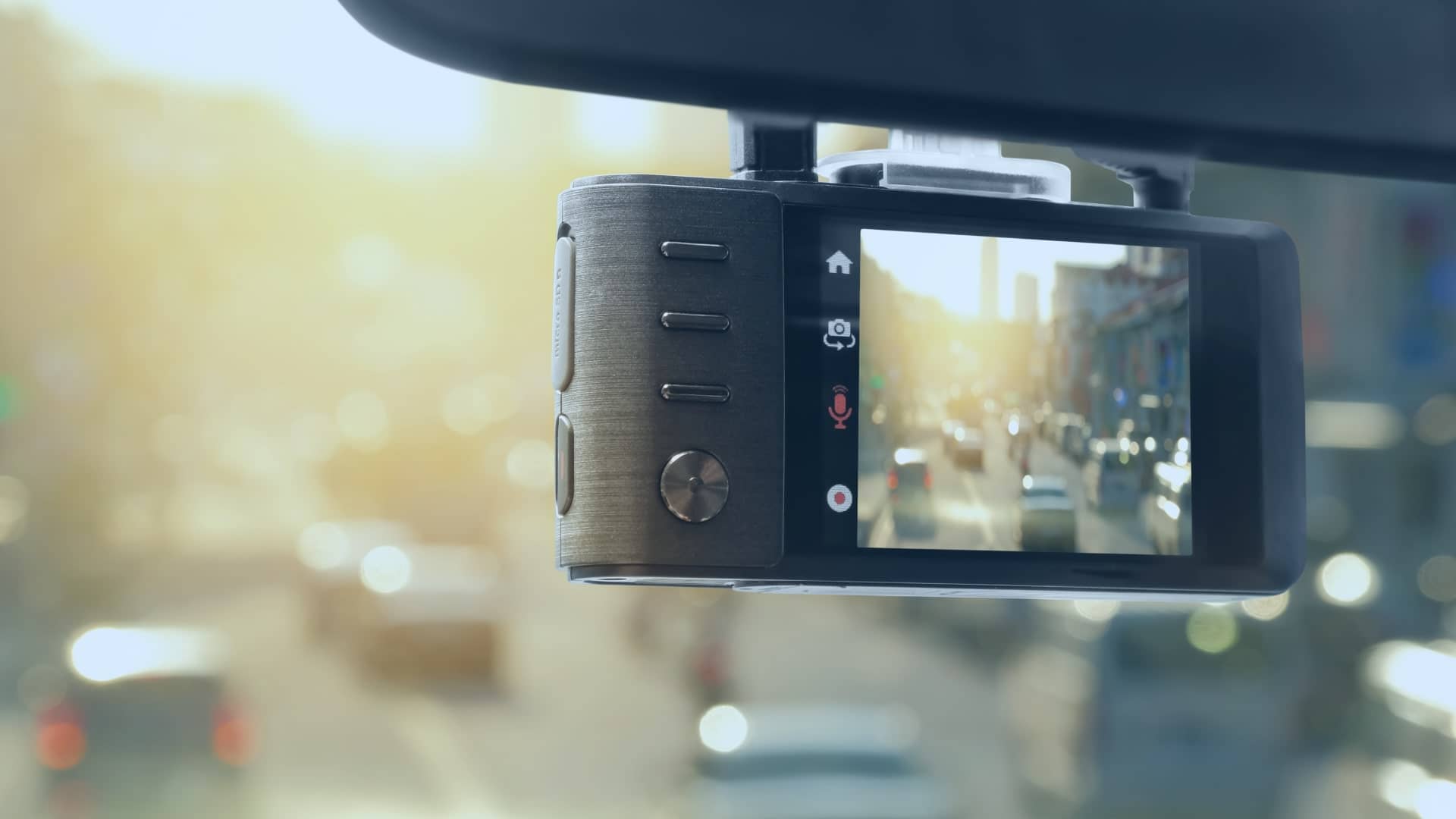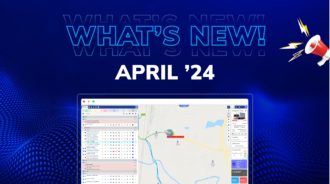Introduction to Dashcam Monitoring
In the ever-evolving landscape of fleet management and vehicle security, dashcam monitoring has emerged as a linchpin technology. These compact yet powerful devices offer a myriad of benefits that extend far beyond simple recording. This article explores the critical importance of integrating dashcam monitoring into vehicles, highlighting its multifaceted advantages and its pivotal role in contemporary fleet management strategies.
What is Dashcam Monitoring?
Dashcam monitoring involves the use of dashboard cameras, commonly known as dashcams, that continuously record the view through a vehicle’s front windscreen and sometimes rear or other windows. This technology has transcended its initial purpose of capturing moments of interest on the road to become a crucial tool for safety, security, and more.
The Multifaceted Benefits of Dashcam Monitoring
- Enhanced Safety Measures: Dashcams act as unbiased eyewitnesses on the road. In the case of accidents or incidents, the footage can provide clear evidence, reducing the time and hassle involved in insurance claims and legal proceedings. They encourage responsible driving behavior, significantly reducing the risk of accidents.
- Security and Surveillance: Vehicles equipped with dashcams are better protected against theft, vandalism, and other criminal activities. Continuous recording acts as a deterrent to potential offenders and provides valuable footage in the event of a crime.
- Cost Savings: By mitigating the risks of fraudulent claims and providing irrefutable evidence in legal disputes, dashcam monitoring can lead to substantial cost savings for individuals and businesses alike.
- Training and Performance Monitoring: For fleet management, dashcams offer an excellent way to monitor and improve driver performance. Reviewing footage can help identify areas for improvement, ensuring a more efficient and safe fleet.
The Importance of Dashcam Monitoring for Fleet Management
Real-Time Monitoring and Quick Response
Dashcam monitoring allows for real-time surveillance of vehicles. This immediate access to live footage can be crucial in responding promptly to any incident, potentially saving lives and reducing damages.
Improved Driver Behavior and Accountability
Knowing that their actions are being recorded, drivers are more likely to adhere to safe driving practices. This not only enhances safety but also fosters a culture of accountability and professionalism.
Efficient Fleet Operation
Dashcam footage can provide insights into driver habits and route efficiencies, allowing for better management of fuel consumption, maintenance schedules, and overall fleet performance.
Key Considerations for Implementing Dashcam Monitoring
While the benefits are clear, successful implementation requires careful consideration:
- Privacy Concerns: It’s essential to balance monitoring with respect for privacy. Clear policies and communication with drivers are crucial.
- Data Management: Effective data storage and management strategies are needed to handle large volumes of footage.
- Quality and Reliability: Choosing the right dashcam is vital. It should be reliable, offer high-quality footage, and have necessary features like night vision and GPS.
Types of Dashcams: Ensuring Safety on the Road
Basic Dashcams
- Single-Lens Dashcams: These are the most straightforward and commonly used dashcams. They record everything that happens in front of the vehicle. Ideal for everyday drivers, they offer a simple plug-and-play solution for those looking to enhance their road safety.
- Dual-Lens Dashcams: These devices have two lenses, one recording the road ahead and the other monitoring the interior of the vehicle or the rearview. They are particularly useful for professional drivers who wish to monitor passenger behavior or for those looking to have a record of what occurs inside the vehicle during an incident.
Advanced Dashcams
- Wi-Fi-Enabled Dashcams: These dashcams allow users to connect to them via a smartphone app. This feature enables easy viewing, downloading, and sharing of videos without the need to remove the SD card. They are perfect for tech-savvy users who value convenience.
- GPS Dashcams: These not only record video but also keep track of the vehicle’s location and speed. They are invaluable for fleet managers who wish to monitor route adherence and driver behavior and for anyone who wants a detailed record of their journey.
Specialty Dashcams
- Infrared (IR) Dashcams: Designed for low-light or nighttime recording, these dashcams use IR technology to provide clear footage in poor lighting conditions. They are particularly beneficial for commercial vehicles that operate at night.
- Capacitor-Based Dashcams: Unlike traditional battery-operated dashcams, these use a capacitor for power. They are more resistant to high temperatures, making them ideal for regions with hot climates or for long-duration recordings.
Innovative Features in Modern Dashcams
- 360-Degree Dashcams: Offering a panoramic view, these dashcams provide a comprehensive recording of the surroundings of the vehicle. They are excellent for ensuring maximum coverage and are particularly useful in resolving disputes.
- Modular Dashcams: These dashcams come with various modules that can be added as needed, such as rear cameras, interior cameras, or additional sensors. They offer flexibility and customization based on the user’s requirements.
- Cloud-Connected Dashcams: These dashcams offer real-time video streaming and storage on the cloud. They allow fleet managers to monitor vehicles remotely and ensure immediate data backup, providing a layer of security and convenience.
Conclusion: A Step Towards Safer and More Efficient Roads
Incorporating dashcam monitoring into vehicles isn’t just about adhering to a trend; it’s about committing to safety, security, and efficiency. As technology advances, the capabilities of dashcams will only grow, further cementing their status as an indispensable tool in the realm of vehicle management. Whether for personal use or part of a comprehensive fleet management system, dashcam monitoring represents a wise investment into a safer and more accountable driving culture.
Dashcam monitoring stands out not just as a technological advancement but as a beacon of safety and assurance in the complex tapestry of modern transportation. Embracing this technology means embracing a future where roads are safer, disputes are settled more fairly, and vehicle management is conducted with the utmost efficiency and care.
In the dynamic and demanding world of fleet management and vehicle safety, dashcam monitoring emerges not just as an option, but as a necessity. Its integration signifies a proactive step towards a more secure, efficient, and accountable driving environment. As we navigate the roads of today and tomorrow, let dashcam monitoring light the way to a safer journey for all.
Frequently Asked Questions (FAQs) on Dashcams
1. What is a dashcam, and why should I use one?
A dashcam, or dashboard camera, is a device mounted on the dashboard or windshield of a vehicle to record the view through the front windscreen and sometimes rear or other windows. They provide a continuous video record of your journeys, which can be invaluable in the event of an accident, to monitor driving behavior, or deter theft and vandalism.
2. Are dashcams legal to use?
In most regions, dashcams are legal as long as they do not obstruct the driver’s view and are used respecting privacy laws. However, it’s essential to check the specific regulations in your area as laws can vary significantly by location.
3. How does a dashcam work?
Dashcams typically start recording automatically when the vehicle’s ignition is turned on and stop when it’s turned off. They continuously record on a loop, saving new footage over the oldest files once the memory is full. Some have additional features like impact sensors that save and lock footage when a collision is detected.
4. What types of dashcams are available?
There are various types of dashcams including single-lens for front-view recording, dual-lens for front and rear or interior recording, Wi-Fi-enabled for wireless access, GPS for location tracking, infrared for night vision, capacitor-based for heat resistance, 360-degree for panoramic recording, and cloud-connected for live streaming and storage.
5. How do I choose the right dashcam for my needs?
Consider what you need the dashcam for: is it primarily for accident evidence, security while parked, monitoring driving behavior, or all of the above? Look for features that meet those needs, like video quality, storage capacity, night vision, GPS, and Wi-Fi connectivity. Also, consider your budget and any specific requirements like temperature resistance.
6. Can dashcams record when the vehicle is turned off?
Some dashcams have a feature called “parking mode,” which allows them to stay on and record when the vehicle is parked and turned off. They typically use a motion detector to start recording if someone or something comes close to your vehicle.
7. How do I install a dashcam?
Most dashcams can be easily installed using a suction cup mount or adhesive to attach it to the windshield. They are powered through the vehicle’s 12V power outlet and can be hardwired to the vehicle’s power supply.
8. Do dashcams have audio recording?
Most dashcams do record audio within the vehicle. However, you have the option to turn this feature off if you prefer. Be mindful of privacy laws regarding recording conversations without consent in your region.



